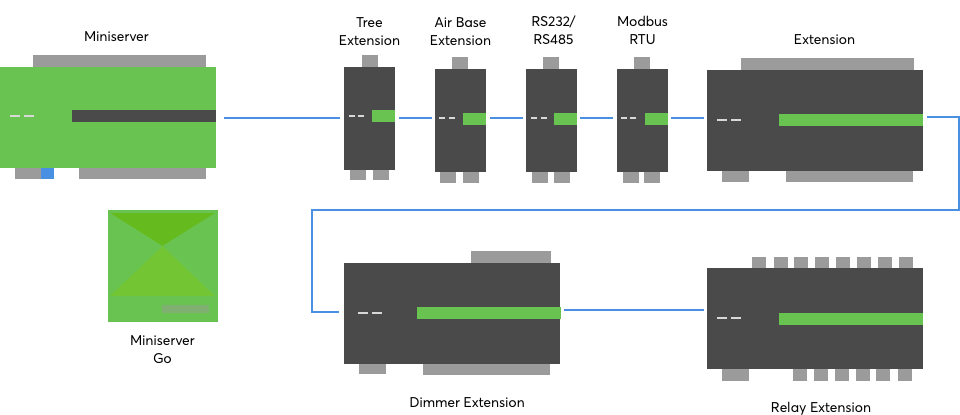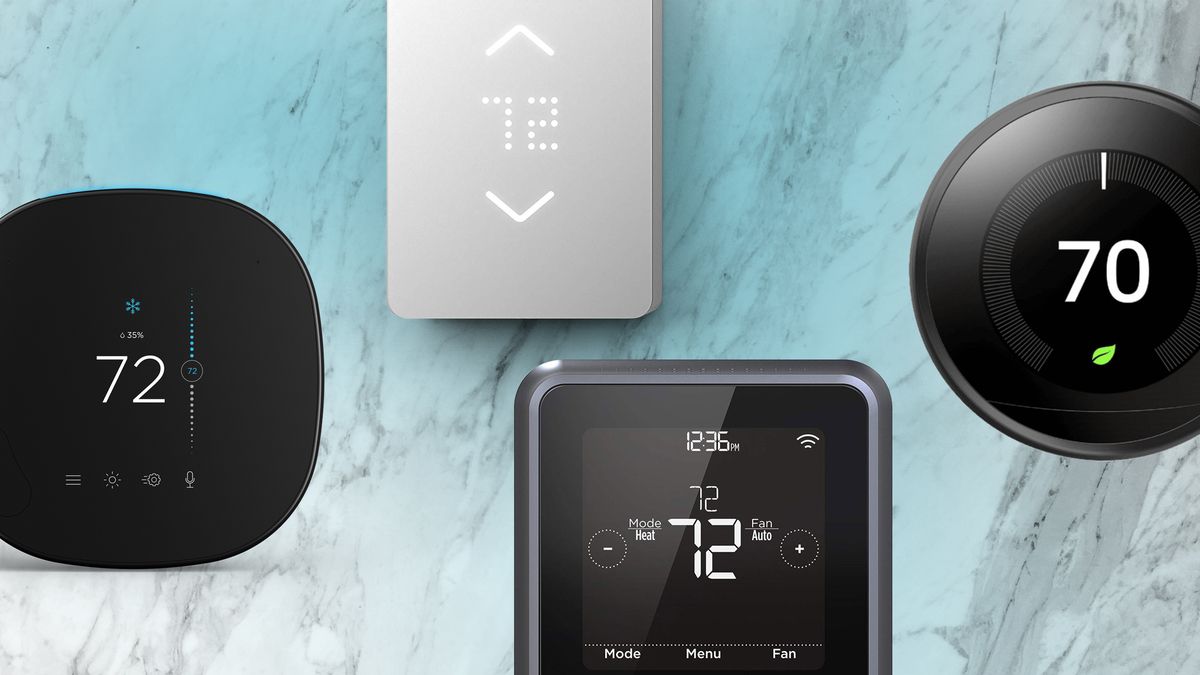

Having one of these in every room with a common logic throughout the house should make it very intuitive. I really like the Loxone wall switches which have 5 buttons and also the ability to click through preset scenes for each button. Lighting, which is the main priority in a domestic smart home is really well served under Loxone and with the DMX extension you can add cheap chinese dmx dimmers to control all sort of lighting and even external relays so this pretty much solves the problem for “switching and dimming”.

I’ve made a decision on Loxone and will not be going down the Unipi route. And in fact, ETS professional is only available for Windows.

ETS lite or this new ETS Inside is a bit crappy. The only thing i really dont like about KNX is that the ETS licence model is all or nothing. I can add self made things using hass if I want not to afford or it does not exist in the knx world. So for me its the perfect mixture of all worlds. I was thinking about using loxone, but after all I decided to go for an open and wide spread solution which does not depend on one single company.Īdditionally I integrated some things using esp8266 and hue to my installation using hass. Actors and sensors are from different brands, always choosed the piece I liked most in price and functionality.
Loxone vs knx plus#
I’ve around 40 lights, 17 covers, 15 heating valves, 30 controlled outlets, 12 temperature sensors, 10 motion detection sensors plus some extras like weather station and so on based on knx. If you want a industrial grade, proved and solid infrastructure that scales out very well, without any vendor lockin, I would go for knx.


 0 kommentar(er)
0 kommentar(er)
